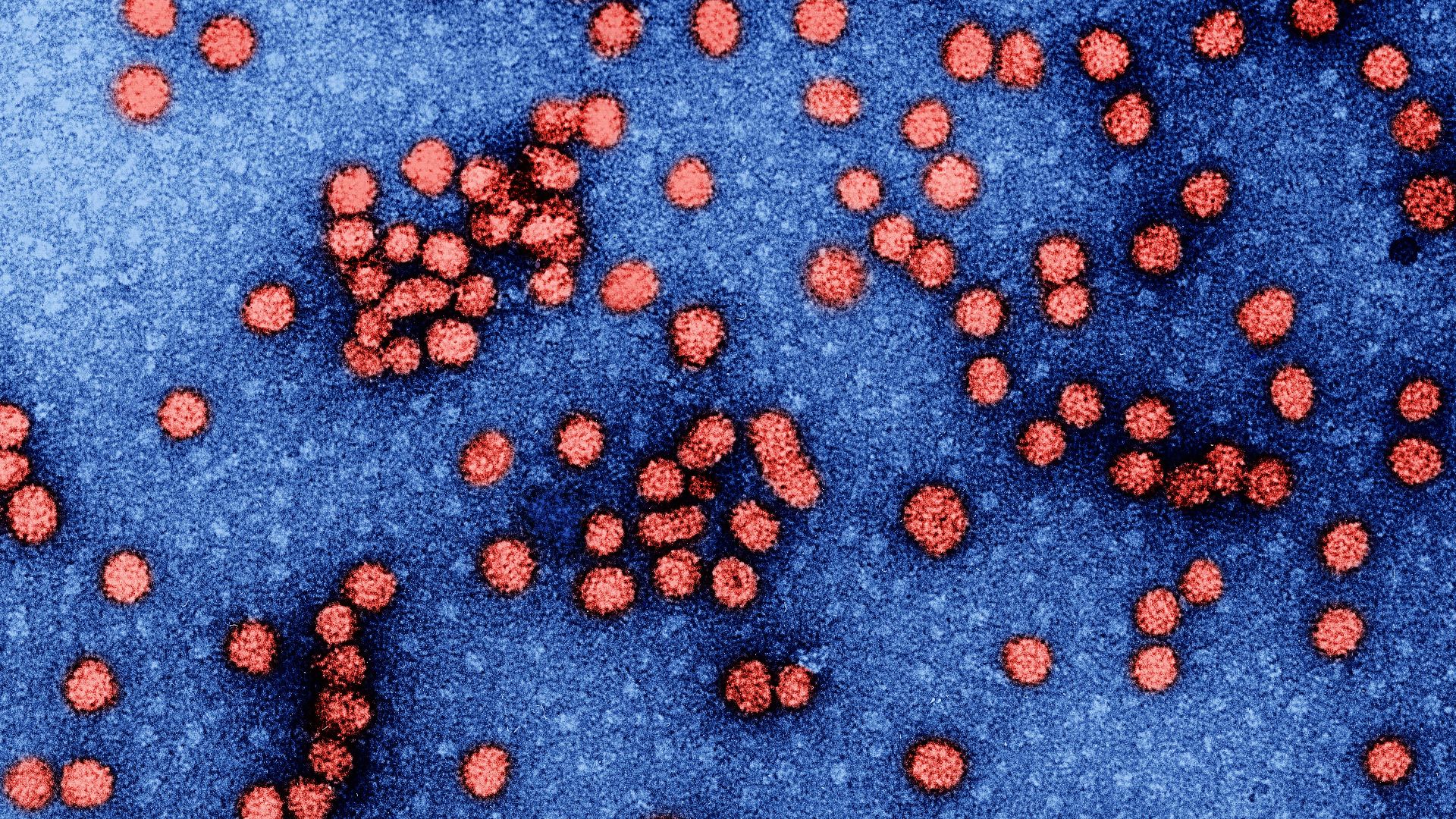Medical Red Flags
Ever wonder what your body would say if it could speak? It'd no doubt have a lot to tell you, and it still does—you're just not listening! One tiny vial of blood holds more intel about your health than months of guessing games could ever unveil. So, here are 10 essential reasons to roll up that sleeve and get a blood test before it's too late as well as 10 warning signs you can't afford to ignore.
1. Hidden Deficiencies
Your body might be silently crying for help while you blame your exhaustion on work stress. Iron deficiency, the world's most common nutritional disorder, often masquerades as everyday tiredness. More than 1 billion people around the world suffer from vitamin D deficiency.
2. Silent Infections
Hepatitis B can lurk in your system for years, quietly damaging your liver. The scary truth is that many infections, including UTIs, show zero symptoms in their early stages. Your CRP measurements and white blood cell count act like silent alarms.
3. Organ Health
Here's what's terrifying: your liver can regenerate itself, but only if you catch damage early enough. Both kidney and liver problems remain completely silent until they've progressed to dangerous stages. Blood tests measuring creatinine and ALT levels detect trouble early.
4. Diabetes
The statistics are staggering—more than 1 in 9 adults globally has diabetes, with countless others roaming completely undiagnosed. Early treatment can drastically slash your risk of devastating complications like nerve damage and blindness. Tests like fasting glucose and HbA1c help.
5. Cholesterol Levels
Some people inherit pretty high cholesterol regardless of how well they exercise. High cholesterol operates like a phantom threat—no symptoms, no warning signs, just steadily increasing your heart attack risk. When LDL reaches 160 mg/dL, you're staring at a red flag.
 Photo By: Kaboompics.com on Pexels
Photo By: Kaboompics.com on Pexels
6. Hormone Imbalances
Around 200 million individuals struggle with thyroid issues, yet most attribute their symptoms to aging. Your energy crashes, mood swings, and unexplained weight changes might actually result from imbalanced TSH or cortisol levels. PCOS symptoms often appear in bloodwork first.
7. Autoimmune Disorders
Lupus and rheumatoid arthritis are master disguise artists, mimicking everything from flu symptoms to depression in their early stages. These conditions start so subtly that you tend to dismiss joint aches as workout soreness for months. ESR tests act as detective tools.
8. Medication Dosage
Your genetic formation determines how your body processes common drugs, making one-size-fits-all dosing quite scary. Blood levels help doctors fine-tune stuff like thyroid medications, blood thinners, and seizure drugs. Without proper monitoring, you could be taking too much to handle safely.
 Photo By: Kaboompics.com on Pexels
Photo By: Kaboompics.com on Pexels
9. Chronic Conditions
Disease progression often begins its silent march long before noticeable signs worsen. Diabetics rely on regular A1C testing to prevent devastating complications, while heart and kidney patients need routine panels to maintain stability. Your bloodwork tells the story of what's happening inside.
10. Baseline For Emergencies
Some people carry unusual but completely harmless blood levels that could confuse emergency room doctors during a crisis. Having your prior lab values on file enables faster and more accurate diagnosis when sudden illness or accidents occur. Your baseline becomes a medical roadmap
Once you've received your lab results, these areas need to be given immediate attention.
1. Elevated White Blood Cells
Even something as simple as a dental infection can send your white blood cell count soaring above the normal 11,000 threshold. WBC spikes don't just signal common infections—they can indicate leukemia or reveal that your body is under extreme stress.
2. Low Platelet Count
Dengue fever, autoimmune diseases, and certain cancers all share one sneaky calling card: they silently drop your platelet count below 150,000. Easy bruising and unexpected bleeding become your body's warning signs. Medications and alcohol can also crash these critical blood-clotting cells.
3. High Blood Sugar
When fasting glucose climbs over 126 mg/dL, you've officially crossed into diabetes territory. High sugar doesn't just damage nerves and kidneys; it also thickens your blood and ages your arteries. The path from elevated glucose to blindness is predictable without intervention.
4. Abnormal Liver Enzymes
That liver might be screaming for help through AST levels going above 40, even when you feel fine. Fatty liver disease, alcohol damage, and hepatitis all leave their fingerprints on these enzyme readings. Surprisingly, even innocent over-the-counter medications can spike these levels.
5. Low Hemoglobin
A value under 12 g/dL in women and 13.5 g/dL in men signals anemia. That’s your blood's inability to carry enough oxygen. Poor diet or genetic factors could be stealing your vitality one red blood cell at a time.
6. Elevated Creatinine
If creatinine levels in women and men gradually rise above 1.0 mg/dL and 1.2 mg/dL, respectively, your kidneys may be malfunctioning covertly over months. High-protein diets and supplements can artificially influence these readings, masking or mimicking kidney trouble.
7. Abnormal TSH Levels
TSH readings below 0.4 or above 4.0 mIU/L unlock the mystery behind unexplained weight fluctuations and sudden mood changes. The thyroid's chemical messages control everything from metabolism to mental clarity, yet imbalances occur most commonly in postpartum women.
8. High CRP Levels
Chronic inflammation damages your body when CRP levels reach 3 mg/L, linking directly to heart disease, autoimmune conditions, and obesity. Your last intense workout may temporarily increase these readings, but persistently high CRP signals your immune system is trapped in overdrive.
9. Low Albumin
Critical surgeries or chronic malnutrition can pull albumin below 3.5 g/dL, disrupting your body's delicate fluid balance and hormone transport system. This protein serves as the blood’s delivery system. When albumin decreases, your physique loses its ability to maintain equilibrium.
10. High Uric Acid
High-fructose diets are secretly driving uric acid beyond 6.0 mg/dL in females and 7.0 mg/dL in males, creating painful crystal formations in your joints. Gout attacks affect you viciously, but the uric acid buildup happens gradually over time.


























